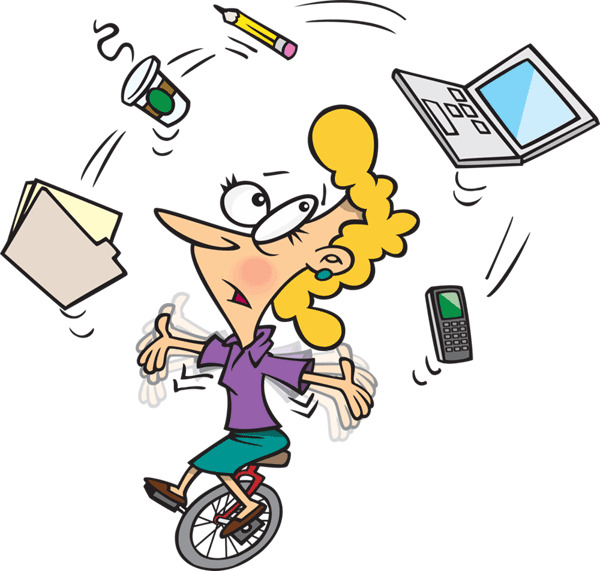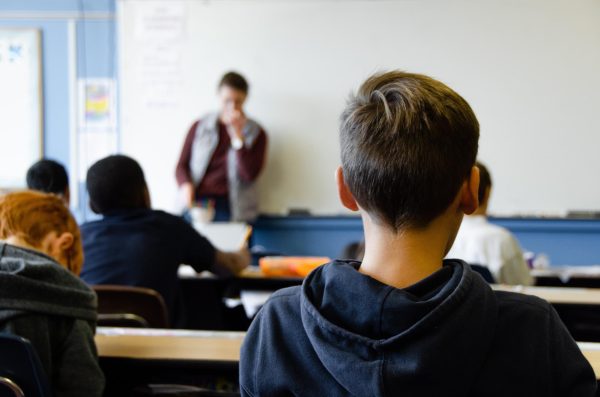Multi- Tasking Teens

March 30, 2017
The rising generation of high school students is becoming convinced that they can multitask better than ever before. Unfortunately, they’re not doing themselves any favors–under 2% of the population can successfully multitask, according to Colorado State University. Why is combining two simple tasks so hard, and what are limitations for a normal high school student?
Our brains aren’t meant to multitask. Although it seems like completing two tasks at once is a favorable solution for time efficiency, the harsh reality is that multitasking isn’t meant to be. Multitasking is the brain alternating between each task–this makes each one equally important, which can be dangerous, especially while driving. While the dangers of texting while driving are well known, people don’t realize that simple tasks like talking while driving can also distort the attention span of the driver by 37%. It’s even been said that multitasking releases cortisol, a dreaded stress hormone that everyone wants to avoid. Even when someone begins to multitask, the brain switching from each effort is mentally exhausting. Hectic teens are trying to complete their busy schedules in the least amount of time possible, but the quality of the work decreases.
Multitasking is not a healthy habit. Not only does it reduce the quality of work, but it slows down productivity and attention to detail. Completing tasks one by one will guarantee a better understanding of material, and a focused brain will ensure the desired end result. Reward your brain (and your life) by completing simple tasks with your full attention that make the quality of work superb and authentic.











